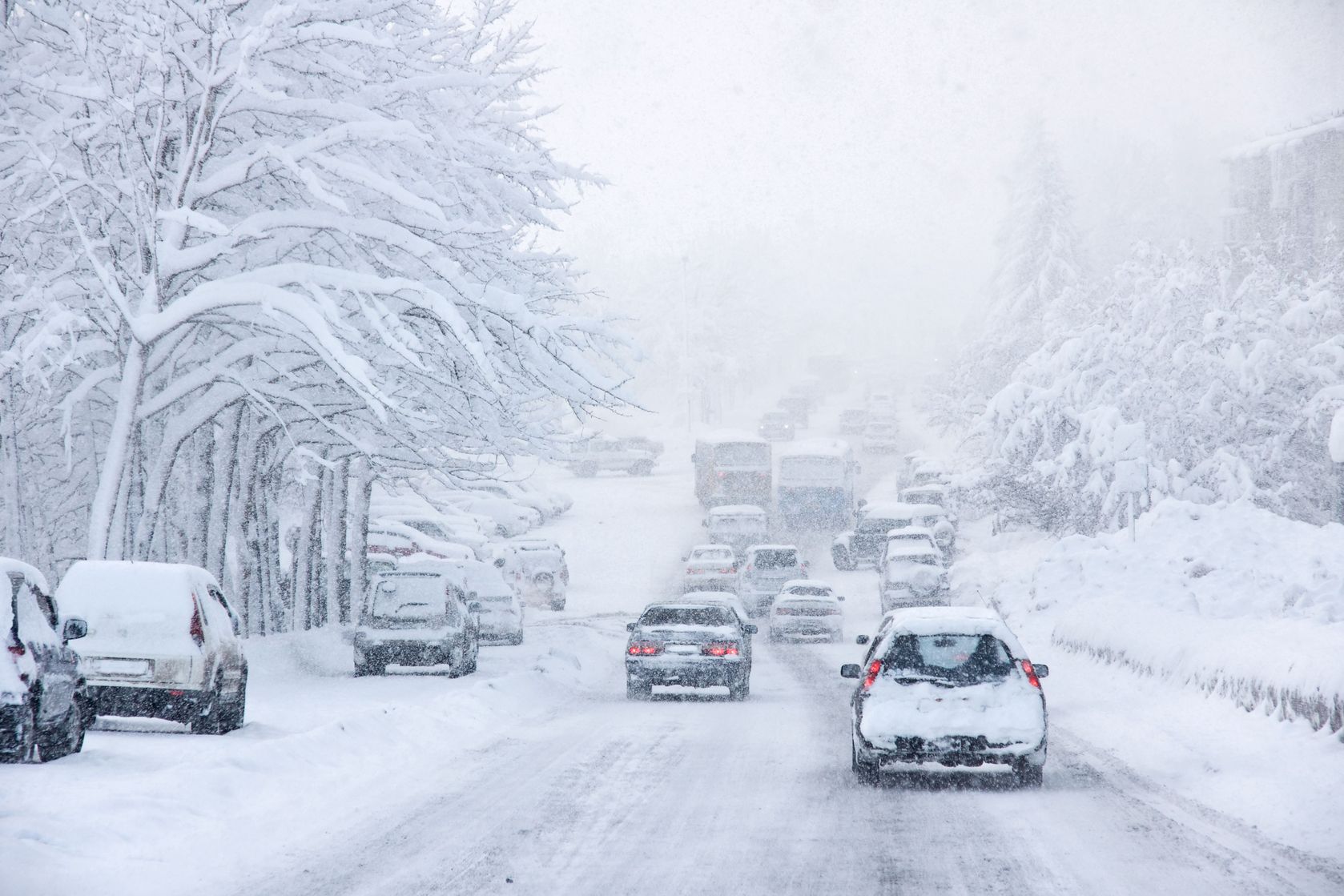Easy Ways to Prepare Your Vehicle for Colder Weather
As the summer months wind down and colder weather comes, it is important to make sure your vehicle is ready for a drop in temperatures. Investing as little as an hour to ensure your car is checked and ready for the seasonal change is all it takes to provide confidence and peace of mind that the vehicle will perform properly and will also help avoid the potentially high cost of a vehicle breakdown or other issue down the road. Here are some easy ways you can prepare your car for winter.
- Flush, clean, and add new antifreeze to the vehicle’s cooling system. As a general rule, this should be performed every two years to keep the cooling system working properly.
- The vehicle’s charging system and battery should be inspected for peak performance as cold temperatures can take a toll on car batteries.
- Ensure that defrosters, heaters, and windshield wipers are working properly. Drivers should also consider switching to winter windshield wipers and using windshield washer fluid meant for cold temperatures. As a general rule, windshield wipers should be replaced every six months.
- Make sure to change the vehicle’s oil and filter at the recommended intervals for the vehicle’s make and model, since “dirty” oil can cause additional problems in colder temperatures. Drivers should also consider switching to a “winter weight” oil if they live in an especially cold climate.
- Tire tread and tire pressure should be checked before severe winter weather. If snow and ice are common where drivers live, they should consider winterized tires. Additionally, tire pressure should be checked on a weekly basis during colder months.
- Vehicles that are due for a tune-up should have maintenance performed before the cold and severe weather set in. Winter weather can often magnify existing issues like hard starts, pings, rough idling, and sluggish performance.
- Inspect the exhaust system for carbon monoxide leaks. These leaks can be dangerous during cold weather since drivers are often in the vehicle with the windows closed.
- Breaks should be checked since the breaking system is the most important safety feature on a vehicle.
- Ensure that both the interior and exterior lights are working as well as the headlights. It is also important to make sure the headlights are aimed properly.
By performing these simple tasks, it is possible to ensure your vehicle is ready to handle winter driving.
Think you or someone you know is need of Behind the Wheel Training? Training Wheels is a Somers Point driving school specializing in teaching new teen drivers how to stay safe on the road. For more information on our lessons, please click here.
Copyright: irishka1 / 123RF Stock Photo

